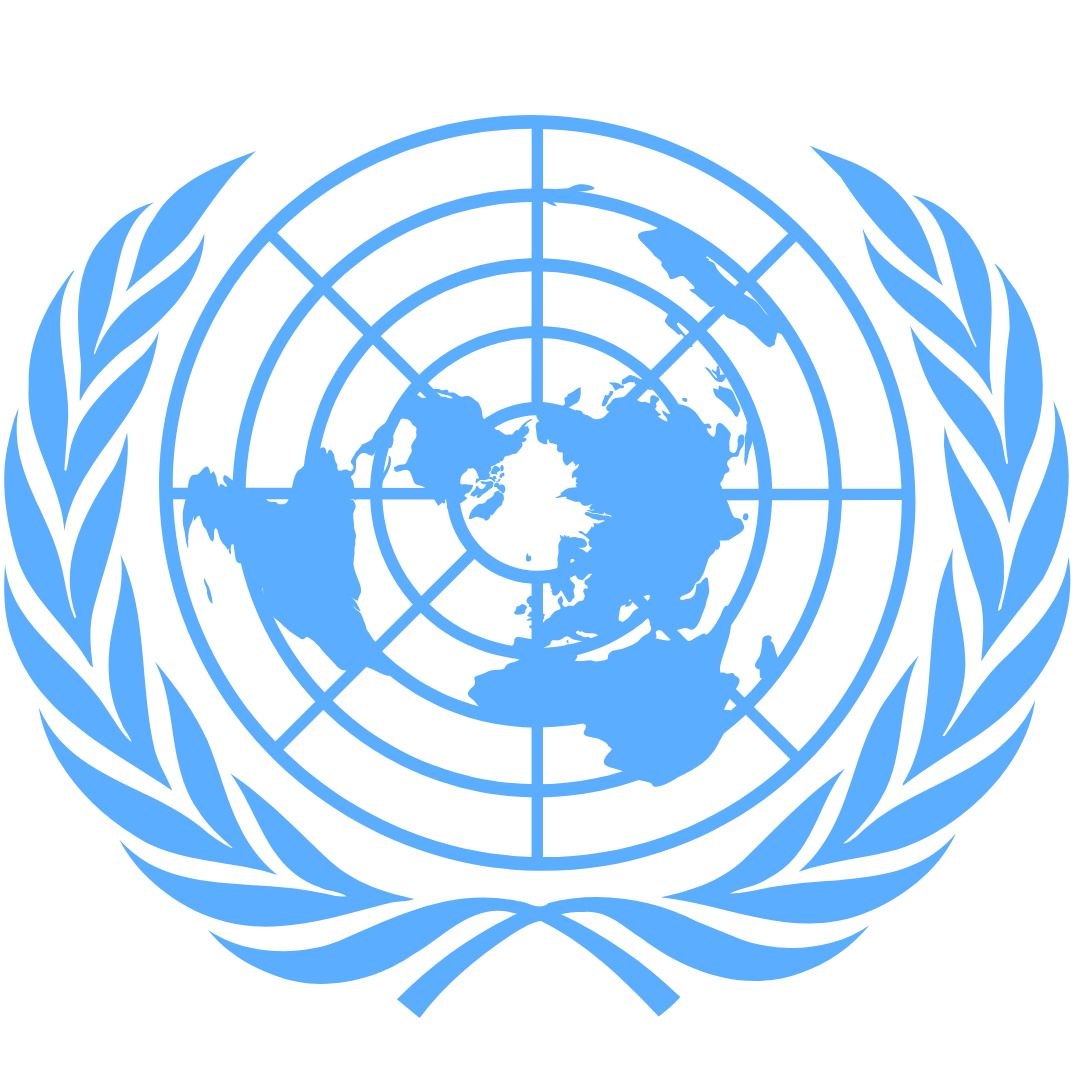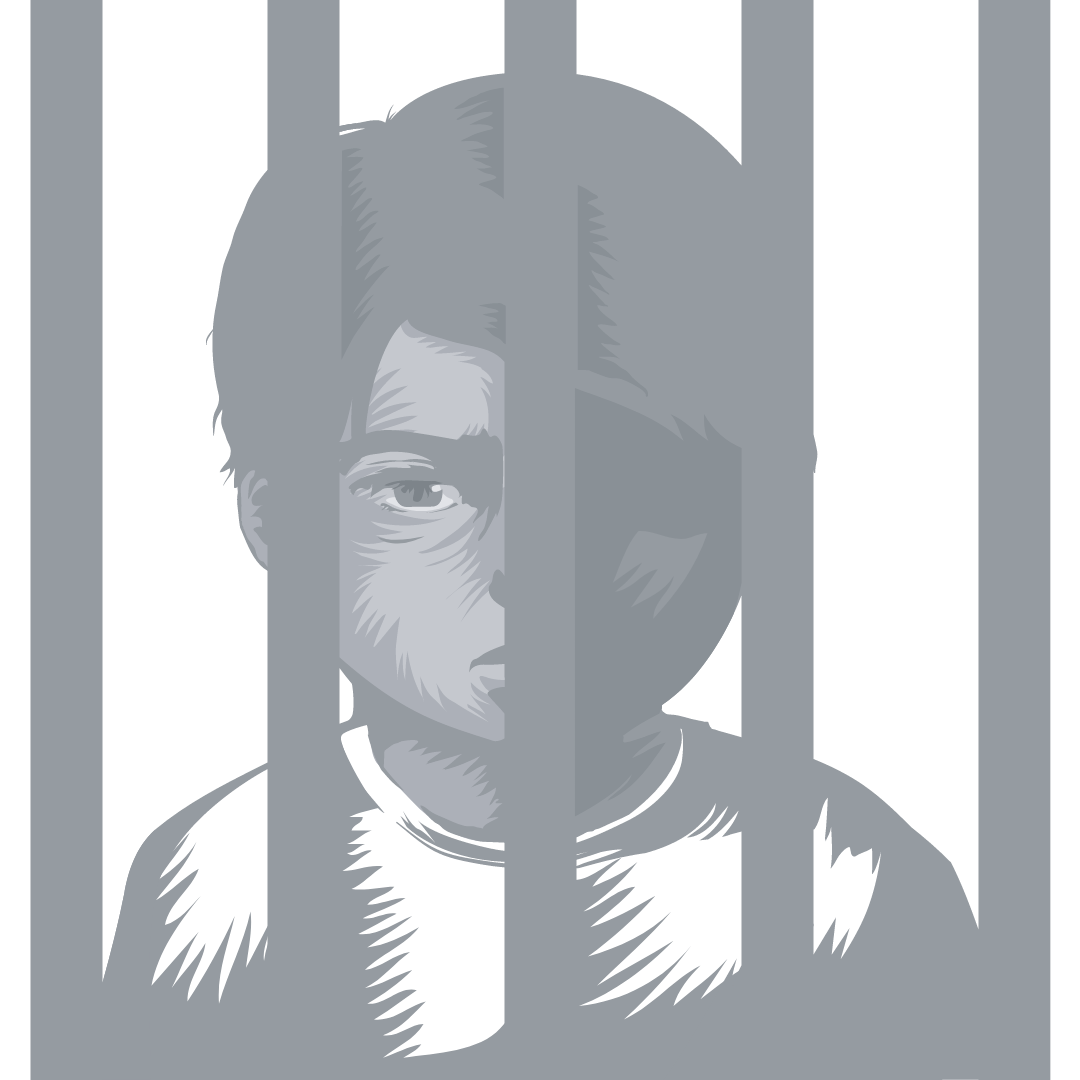Why Is the U.S. Still the Only Member of the U.N. That Has Not Ratified the Convention on the Rights of the Child?
It has been over 30 years - what is taking so long?
The United Nations adopted the Convention on the Rights of the Child (UNCRC) in 1989

Since then, 195 countries have signed and ratified it.
The United States is the only United Nations member who has signed but not ratified the UNCRC.
By signing the UNCRC, America stated it would eventually consent to be bound by the treaty.
Under American law, eventual consent means ratification. Ratifying a treaty requires two-thirds of the U.S. Senate to vote in favor of ratification.
Read more to learn about the debate over UNCRC ratification and why The United States has yet to commit to the Convention's protections.
What is the UNCRC?
Nobel Peace Prize winner Kailash Satyarthi once said the following:
Childhood means simplicity. Look at the world with the child's eye – it is very beautiful
- Kailash Satyarthi
Unfortunately, most children experience childhoods that are far from simple and see the ugliest side of humanity, as perpetuated by adults.
Every year adults worldwide forcibly recruit over 7,740 children as child soldiers, sexually exploit more than one million children in the global sex trade, and fail to prevent nearly 3.1 million children from dying of undernutrition.
The world needs a legally binding text to raise awareness and ensure nations protect children from abuse, exploitation, and slavery.
The UNCRC's 54 articles establish children's rights and how governments should collaborate to protect them.
These articles fall into several themes: development rights, participation rights, protection rights, and survival rights.
For example, development and protection rights include a child's right to:
- Have an identity (Article 8).
- Not be separated from their parents unless the separation is in their best interest (Article 9).
- Visit and keep in contact with both parents even if they live in different countries (Article 10).
- Alternative care if their parents cannot provide child support or have child custody (Article 20).
- Relax, play, and participate in cultural activities (Article 31).
Where the U.S. Falls on Children's Rights
Some opponents of UNCRC ratification argue America already provides the protections included in the Convention.
Not quite.
The UNCRC would protect against the following realities that occur annually in America:
- At least one in seven children suffer child abuse (Article 19).
- Approximately 4.3 million children do not have any health insurance (Article 24).
- Nearly 1.5 million children experience homelessness (Article 27).
- About 10,000 children are forced into the commercial sex trade (Article 34).
The United States lacks an extensive framework to protect children's rights and unevenly enforces existing laws across jurisdictions.
For instance, all states criminalize child sexual abuse. However, someone may not receive justice for childhood abuse depending on the state's criminal statute of limitations.
Moreover, who a state legally allows to consent to sex varies by location.
A sixteen-year-old can consent to sex in Atlanta, but not in San Diego.
The federal government provides some of the rights included in the UNCRC, including a child's right to free public education, protection against forcible military enlistment, and freedom of religion.
Support
America's reluctance to ratify the UNCRC does not reflect the beliefs of many Americans.
Organizations like the Urban Justice Center, the Girl Scouts, and the Hawaii Institute of Rights support the Convention's ratification.
The leading voice for ratification is The Campaign for U.S. Ratification of the Convention on the Rights of the Child (CRC).
The CRC network includes attorneys, university departments, and non-governmental organizations.
The network argues ratification will protect parents' rights to raise their children, improve efforts to protect children, enhance living conditions for children globally, and allow a comprehensive assessment of children's rights in America.
Additionally, it cites ways the UNCRC has already saved lives, including convincing elders in Egyptian, Nigerien, and Senegalese villages to delay child marriages in favor of education.
Some opponents view pro-ratification efforts from the CRC and Congresswoman Ilhan Omar as a means to weaken U.S. sovereignty at the federal and state levels.
Opposition

Opponents have actively voiced their feelings against ratification in the last three decades.
ParentalRights.org, a nonprofit political action organization, argues the "best interest of the child" standard (ironically the standard in many State family law codes) may prevent a parent from instilling their morals and values in their child.
The late Senator Jesse Helms expressed that the UNCRC would provide "children rights and privileges that they are not mature enough to handle" and that it "forces its way into the relationship of a parent and child."
Similarly, former Senator Jim DeMint argued that the Convention would "undermine presumptions of freedom and independence for U.S. families."
DeMint and Helms identified as conservative Republicans and would have frustrated their constituents by supporting a treaty that empowers children to choose their religious beliefs and exercise a legal right to privacy.
Alternative Protections
Ratifying the UNCRC requires the same process as amending the Constitution. In other words, UNCRC ratification is not a politically feasible way of protecting children's rights in America.
Apart from making reservations to limit or modify American obligations under the Convention, appointed and elected officials could amend current laws that conflict with the UNCRC.

America is the world leader in child incarceration rates and the only country where young offenders can receive a life sentence without parole.
Several Supreme Court rulings showed support for juvenile justice reform by:
- Banning the juvenile death penalty in 2005.
- Prohibiting sentencing juveniles of non-homicide offenses to life without parole in 2010.
- Determining mandatory life sentences without parole for minors are unconstitutional in 2012.
- Ruling juveniles sentenced to mandatory life sentences for murder have a chance for resentencing or parole in 2016.
In 2021, however, the Court in Jones v. Mississippi upheld life without parole for juveniles and ruled that courts do not have to complete a separate finding that the defendant is incapable of rehabilitation.
The Jones decision illustrates the advantages and disadvantages of relying on appointed officials for child law reform.
On the one hand, change is more politically feasible than with a treaty.
On the other hand, the change can be less permanent and subject to the convictions of a few leaders.
Alternatively, activists could lobby elected officials to advance children's rights.
For instance, Governor Newsom's plan to dismantle California's juvenile justice system takes effect in July 2021.
After this time, the system will no longer accept newly convicted young offenders and shift responsibility to counties. Some youth advocates like attorney Frankie Guzman express concern over how effectively each of the 58 counties will provide resources.
Los Angeles County may better accommodate young offenders as the largest juvenile justice system in the nation than a smaller county like Sierra County.
The future Office of Youth and Community Restoration will oversee county programs and promote trauma-informed services so that at-risk youth have a real chance at rehabilitation.
Outlook
Multiple presidencies have passed on submitting the Convention to the Senate in the thirty-one years that have passed since the UNCRC's adoption.
Americans have little reason to expect the Biden-Harris administration will risk controversy and present the Convention to the Senate floor for ratification.
Ratification would disrupt the American status quo that violates specific articles, such as:
- U.S. Customs and Border Patrol have over 15,500 unaccompanied children detained in overcrowded facilities (Article 22).
- Children as young as 12 can labor limitless hours in agriculture work (Article 32).
- Approximately 80% of the over 200,000 child brides between 2000 and 2015 were married to an adult (Article 34).
- Juvenile detention centers and prisons house around 60,000 minors on any given day (Article 40).
Regardless of how you lean politically in the UNCRC debate, the United States' current laws do not protect all children, including those you know and love, from abuse, child labor, hunger, or sexual exploitation.
Consider ways you can support equal protection for all children regardless of their abilities, race, or religion.